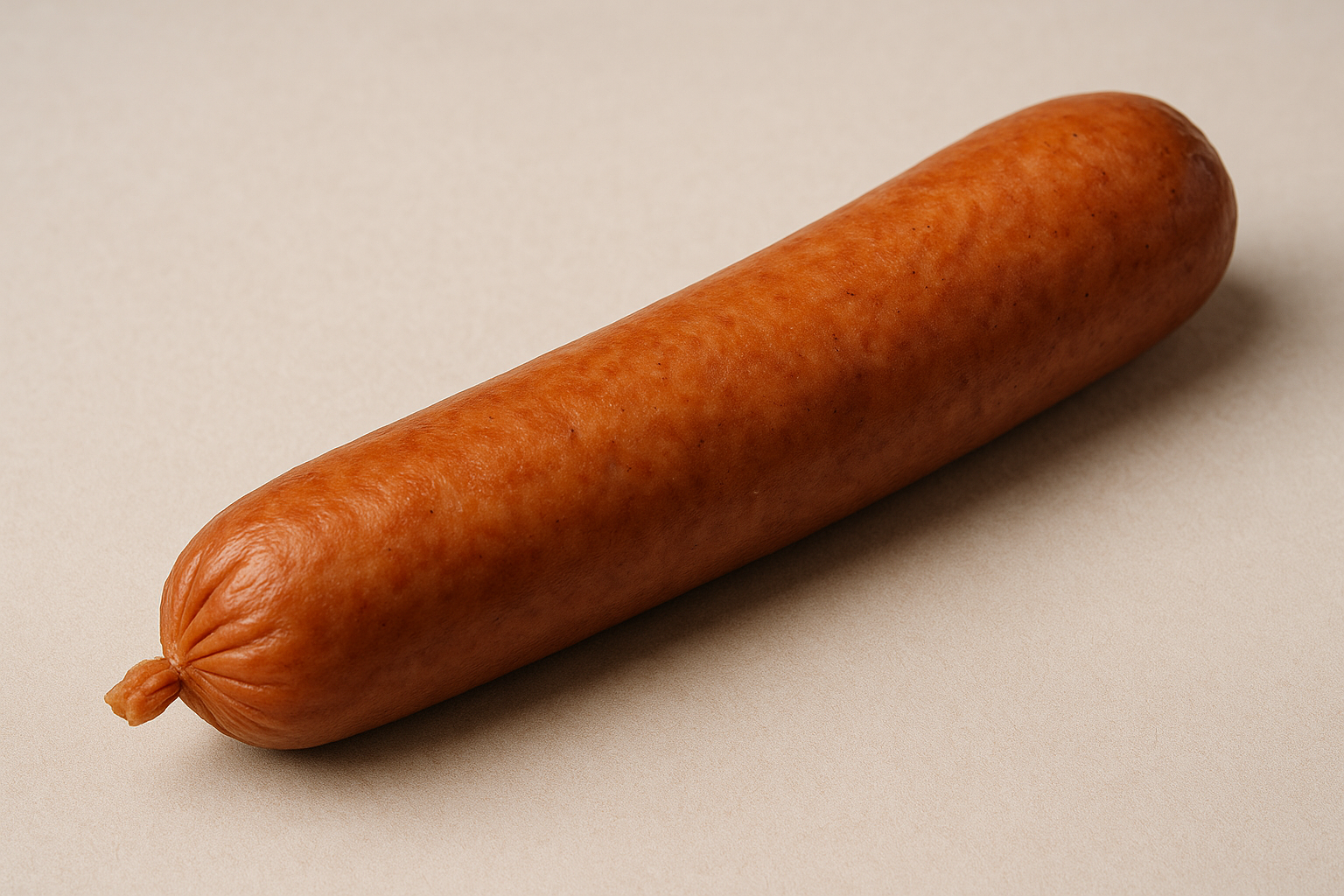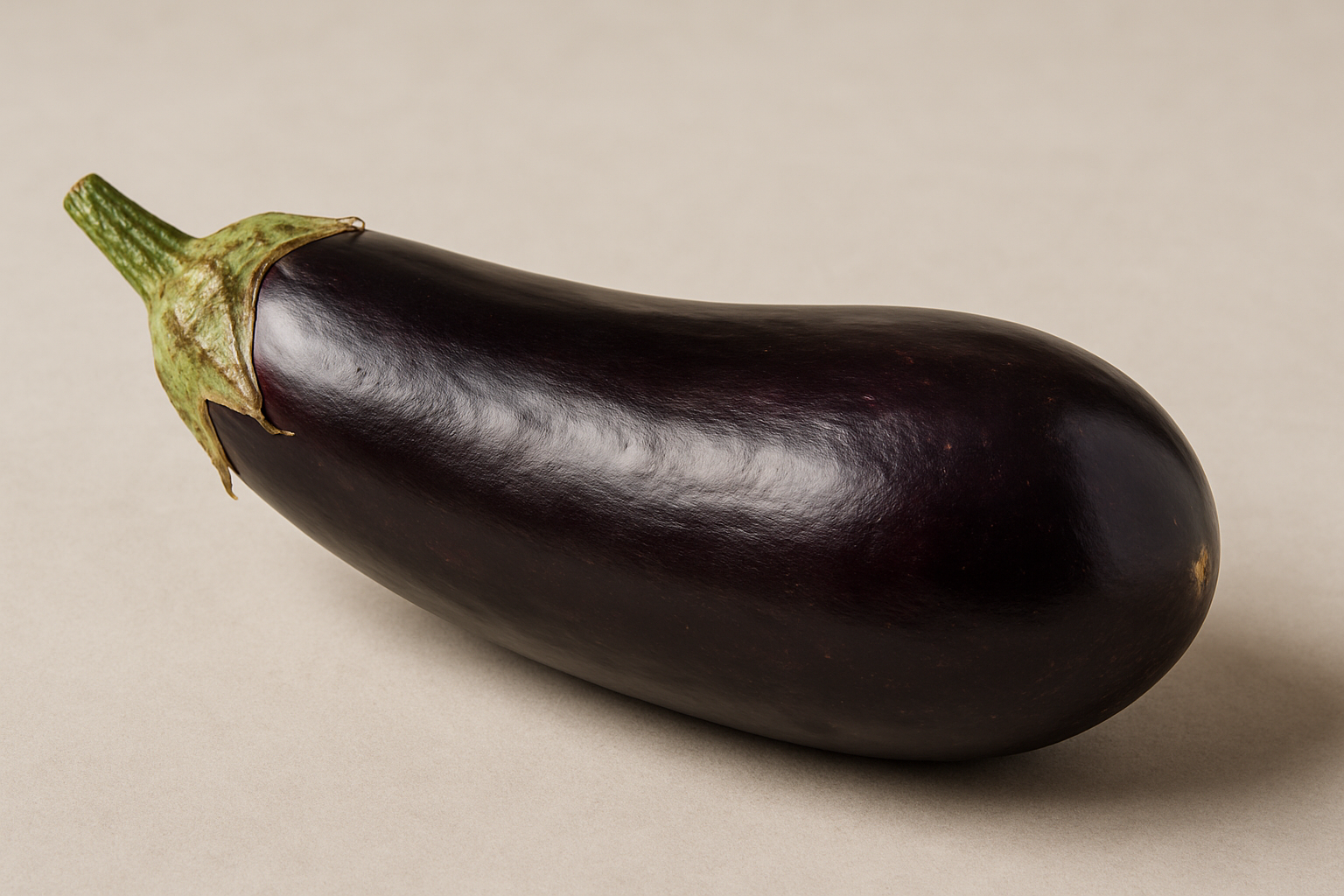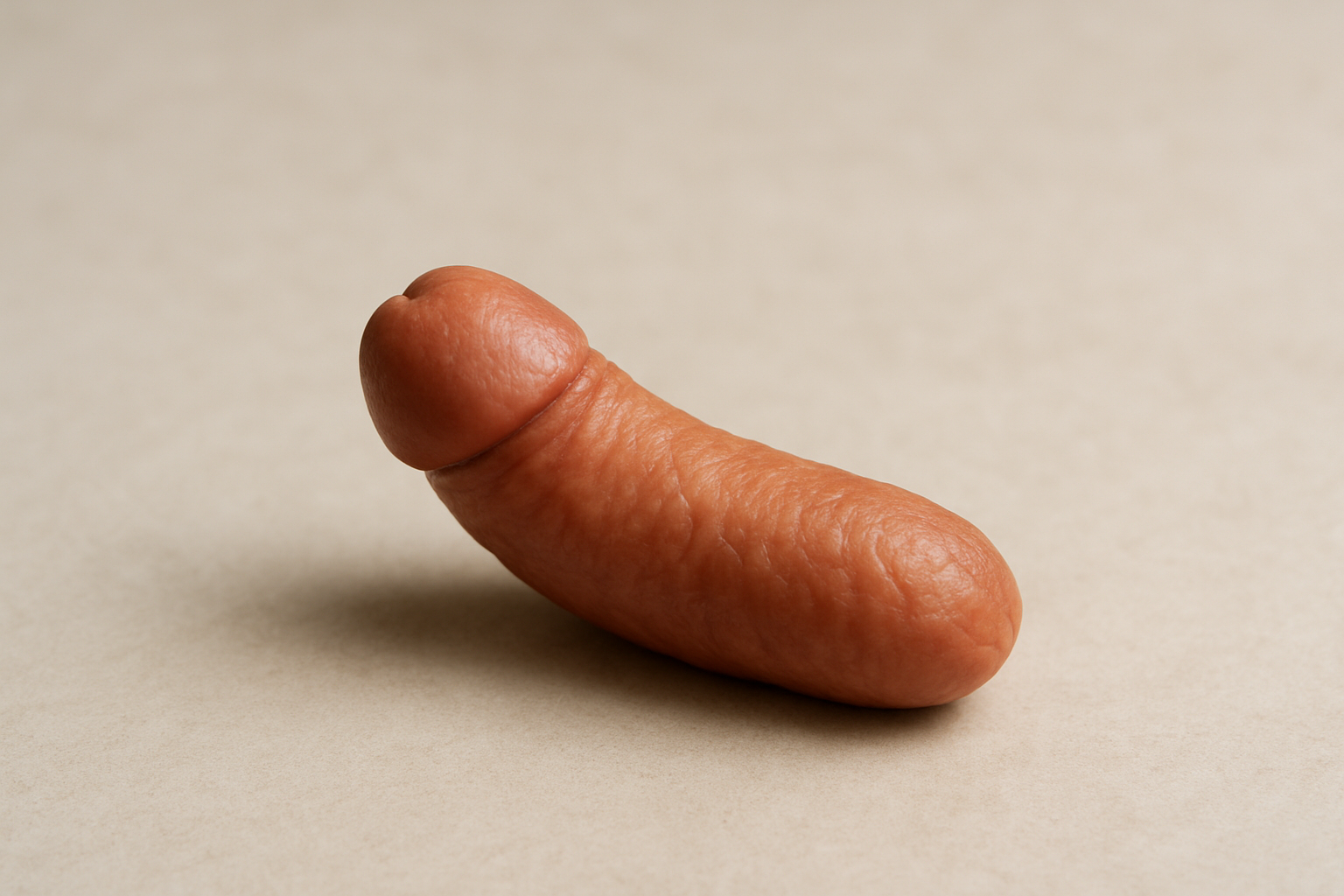Jelqing is a controversial manual exercise aimed at increasing penile size, often compared to muscle building. Despite its popularity, the medical community remains skeptical due to a lack of scientific evidence and potential risks like nerve and vascular damage. Consulting healthcare professionals is advised before attempting such enhancement techniques.
Jelqing, a term frequently encountered in discussions about male enhancement, stands as a controversial technique that has gained significant traction on online forums. Despite its popularity among those seeking non-surgical methods to increase penile size, the practice is met with considerable skepticism from the medical community. The debate surrounding jelqing primarily stems from its purported benefits and the lack of scientific evidence to support its claims.
What is Jelqing?
Jelqing is defined as a manual exercise that involves stretching and massaging the semi-erect penis with the aim of increasing its size. The technique is often likened to muscle building, where consistent practice is believed to lead to growth over time. Proponents of jelqing suggest that by creating microtears in the penile tissue, similar to those in muscles from weightlifting, the body will repair these tears, potentially resulting in increased length and girth.
The Appeal and Controversy
The allure of jelqing lies in its promise of enhancement without the need for surgery or medication. This aspect has drawn interest from many individuals looking for a natural solution to their concerns about size. However, this promise is not without its problems. The primary issue with jelqing is the absence of reliable scientific evidence to confirm its effectiveness. Unlike muscle tissue, which can grow stronger and larger through repeated stress and repair, penile tissue is composed mainly of smooth muscle and blood vessels, which do not respond in the same way.
Potential Risks and Medical Concerns
In addition to the lack of evidence supporting its efficacy, jelqing is associated with potential risks. These include the possibility of nerve damage, vascular damage, and scar tissue formation, all of which can lead to severe complications such as erectile dysfunction. Medical professionals caution against the practice due to these risks and the absence of clinical trials validating jelqing’s safety and effectiveness. As a result, many experts advise individuals to consult with a healthcare provider before attempting any form of penile enhancement technique.
Jelqing, despite its allure as a non-invasive method for male enhancement, requires a deeper examination to understand its implications fully. This section delves into the specifics of the technique, its theoretical underpinnings, and the medical community’s perspective on its practice.
Understanding the Jelqing Technique
The process of jelqing involves a specific technique that is crucial to its purported effects. It starts with the individual achieving a semi-erect state, which is considered optimal for the exercise. The technique involves making an “OK” sign with the thumb and index finger, wrapping them around the base of the penis. From there, the hand moves slowly towards the tip, applying consistent pressure to force blood into the glans, thereby stretching the penile tissue. This motion is repeated for a duration ranging from 5 to 20 minutes. Lubrication is often recommended to reduce friction and prevent injury. It’s also advised to halt the exercise if pain occurs or if a full erection is reached, as these can increase the risk of injury.
The Theory Behind Jelqing
Proponents of jelqing often liken the technique to the process of muscle building, suggesting that the repetitive motion creates microtears in the penile tissue. The theory posits that as these microtears heal, the tissue becomes stronger and larger, potentially leading to increased penile length and girth. However, this analogy is fundamentally flawed. Unlike skeletal muscles, which are designed to grow and strengthen through such microtrauma, penile tissue is primarily composed of smooth muscle and blood vessels. These do not respond to stress in the same way, making the muscle-building analogy scientifically unsupported.
Medical and Scientific Perspectives
From a medical standpoint, the practice of jelqing is met with considerable skepticism. There is a notable absence of reliable scientific studies or clinical trials that confirm jelqing’s effectiveness in permanently increasing penis size. Urological associations and clinical reviews consistently do not endorse jelqing, primarily due to the lack of evidence supporting its benefits and the potential for harm. In contrast, some traction devices have received clinical support for treating specific conditions like Peyronie’s disease, though not for general enlargement purposes.
Comparative Analysis with Other Methods
When comparing jelqing to other penis enlargement methods, such as creams, pumps, and pills, it’s evident that most of these approaches similarly lack scientific backing. While traction devices have shown some efficacy for structural deformities, they are not recommended for general enlargement. This comparative analysis highlights the pervasive issue of unproven methods in the realm of male enhancement, underscoring the need for caution and professional consultation.
Conclusion: The Medical Community’s Stance
In conclusion, while jelqing continues to be a topic of interest and discussion in popular culture and online forums, the medical community remains cautious. The absence of scientific validation, coupled with the potential risks of nerve and vascular damage, scar tissue formation, and erectile dysfunction, makes jelqing a practice that should not be undertaken lightly. Consulting with a healthcare professional is strongly recommended for anyone considering this or any other enhancement technique, to ensure safety and avoid irreversible damage.
As we continue to explore the complexities of jelqing, it’s crucial to address the potential risks and side effects that accompany this controversial technique. While the allure of non-surgical enhancement is compelling, understanding the possible adverse effects is essential for making informed decisions about personal health and wellness.
Risks and Side Effects of Jelqing
Despite its popularity, jelqing is not without significant risks. The technique involves applying consistent pressure to the penile tissue, which can lead to several serious complications. Among these are nerve damage, which can impair erectile function, and vascular damage, which can disrupt blood flow and potentially cause erectile dysfunction (ED). Additionally, repeated stretching can result in scar tissue formation, increasing the risk of conditions like Peyronie’s disease, characterized by painful, curved erections.
Another potential risk is hard flaccid syndrome, a rare condition marked by a semi-rigid penis and persistent pain, which some reports suggest may be triggered by jelqing. Perhaps most concerning is the possibility of permanent tissue damage, which can lead to irreversible ED. Medical experts strongly caution against aggressive or improper jelqing, as these practices heighten the risk of trauma and injury.
Health Advisory and Popular Culture Perspectives
The medical community consistently advises against jelqing due to its unproven benefits and significant risks. Health advisories emphasize the absence of clinical trials validating the safety and efficacy of jelqing, urging individuals to consult with urologists or healthcare professionals before attempting such methods. This advice is particularly important given the potential for serious harm.
Despite these warnings, jelqing has gained traction in popular culture, largely through online forums and anecdotal accounts. This unofficial popularity persists despite the lack of scientific support, highlighting a disconnect between medical advice and public perception. Individuals considering jelqing should weigh these factors carefully and prioritize professional medical guidance.
Frequently Asked Questions
What is jelqing?
Jelqing is a manual penis stretching exercise aimed at increasing size by creating microtears in the tissue. The technique involves using the thumb and index finger to apply pressure and pull outward on a semi-erect penis.
Does jelqing really work?
There is no reliable scientific evidence proving jelqing’s effectiveness in increasing penis size. Most medical professionals do not endorse the practice due to the lack of proven benefits and potential risks.
What are the risks of jelqing?
Risks associated with jelqing include nerve damage, vascular damage, scar tissue formation, erectile dysfunction, and permanent tissue damage. These complications can have serious and lasting impacts on sexual health.
Are there safer alternatives to jelqing?
Safer alternatives include clinically supported traction devices for treating penile deformities, such as those used for Peyronie’s disease. However, these devices are not typically recommended for enlargement. It is essential to consult a medical professional before trying any enhancement methods.
In summary, while jelqing remains a topic of intrigue and discussion, the lack of scientific validation and potential for significant harm should not be overlooked. Individuals interested in penile enhancement are encouraged to seek professional medical advice to explore safer and more effective options.




